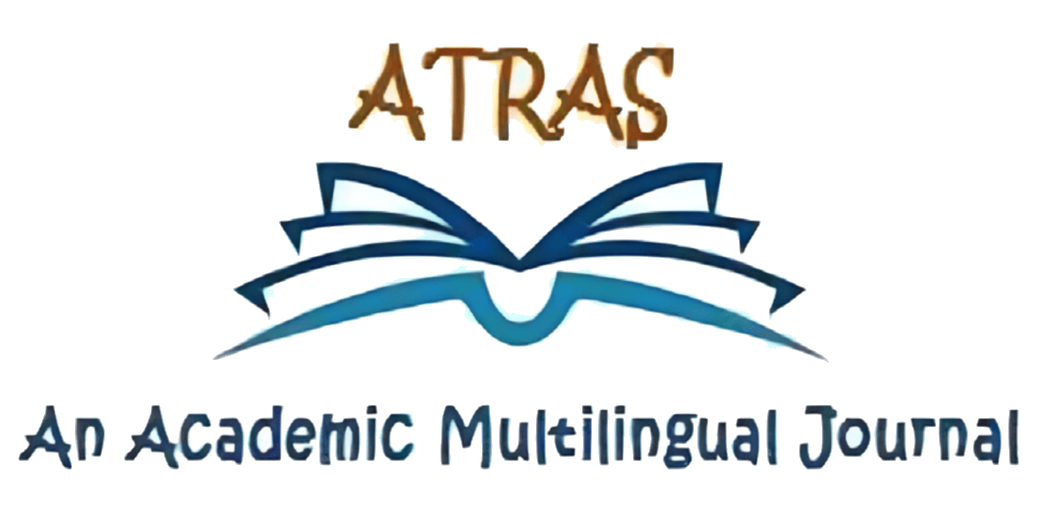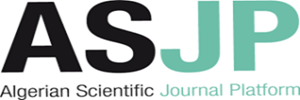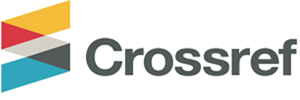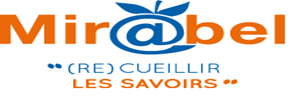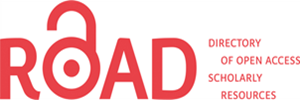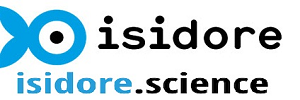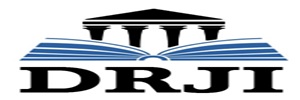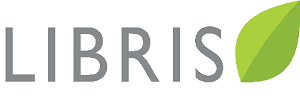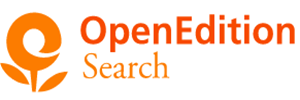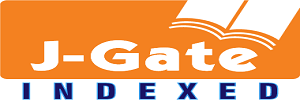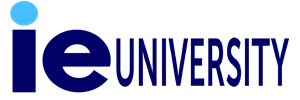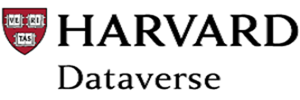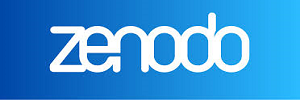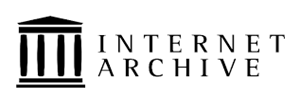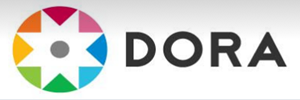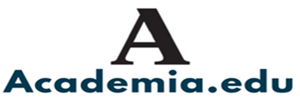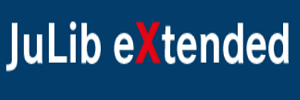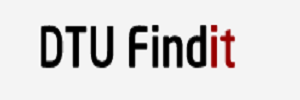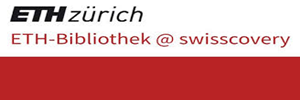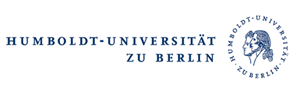Title: Reconsidering the Nature of EFL Teaching and Learning in the Post-Pandemic Era: What Procedures for What Purposes
Farouk BOUAFIA
Univrsity 20 Aout 1955, Skikda, Algeria
Abstract
COVID-19 pandemic has created an unprecedented and unexpected economic and social disruption worldwide since 2020. This caused a significant paradigm shift in instructional mode from face-to-face to online or virtual learning environments. The pandemic resulted in lockdowns that caused disturbances in many aspects of language learning and teaching. Learners, teachers, professionals, and researchers have realised the challenges and newness of the COVID-19 era that teachers and students faced which deepened an understanding of both teachers’ and students’ perceptions and reflections on teaching and learning experiences during the pandemic. Even though COVID-19 era is over its Impacts on language teaching and learning still exist in terms of procedures and teaching/learning purposes. What is crucial now is (re)considering English language teaching (ELT) in the post-pandemic era. In particular, teaching methods, content developed, and learning contexts need to be reconsidered to make teachers and learners engage in effective ELT in the post-pandemic era. However, there is a lack of information about teachers and learners envisioning readiness, and expertise of distance ELT. Therefore, this article,therefore, aims toshedlight on Algerian EFL teachers perceptions of ELT after COVID-19 focusing on vision for an effective education in the post-pandemic era.The significance of this research lies in the urgent need to bridge the gap between pre-during and post-pandemic eras of teaching and learning.
Keywords:
distance teaching and learning, EFL context, reconsideringELT, post-pandemic era
How to Cite this Paper:
Bouafia, F. (2024). Reconsidering the Nature of EFL Teaching and Learning in the Post-Pandemic Era: What Procedures for What Purposes. In Proceedings of the First Online International Conference of Teaching and Learning in Post-COVID: Reality and Expectations, Saida University, 12-13 December, 2023, pp. 33-38
References:
Artino Jr, A. R. (2010). Online or face-to-face learning? Exploring the personal factors that predict students’ choice of instructional format. The Internet and Higher Education, 13(4), 272-276.
Bergmann, J., Overmyer, J., &Wilie, B. (2013). The flipped class: What it is and what it is not. The Daily Riff, 9.
Burden, K., Aubusson, P., Brindley, S., &Schuck, S. (2016). Changing knowledge, changing technology: implications for teacher education futures. Journal of Education for Teaching, 42(1), 4-16.
Darabi, A., & Jin, L. (2013). Improving the quality of online discussion: the effects of strategies designed based on cognitive load theory principles. Distance Education, 34(1), 21-36.
Gacs, A.; Goertler, S.,&Spasova, S. (2020). Planned online language education versus crisis-prompted online language teaching: Lessons for the future. Foreign Lang. Ann, 53, 380–392.
Lin, C.-H. (2015). Warschauer, M. Online Foreign Language Education: What Are the Proficiency Outcomes? Mod. Lang. J. 99, 394–397.
Webb, C. L., Kohler, K. L., & Piper, R. E. (2021). Teachers’ preparedness and professional learning about using educational technologies during the COVID-19 pandemic. Journal of Online Learning Research, 7(2), 113-132.
White, C.J. (2017). Distance Language Teaching with Technology. In The Handbook of Technology and Second Language Teaching and Learning (pp. 134-148). Wiley: Hoboken, NJ, USA

Copyright for all articles published in ATRAS belongs to the author. The authors also grant permission to the publisher to publish, reproduce, distribute, and transmit the articles. ATRAS publishes accepted papers under the Creative Commons Attribution-NonCommercial 4.0 International (CC BY-NC 4.0) License. Authors submitting papers for publication in ATRAS agree to apply the CC BY-NC 4.0 license to their work. For non-commercial purposes, anyone may copy, redistribute material, remix, transform, and construct material in any media or format, provided that the terms of the license are observed and the original source is properly cited.
